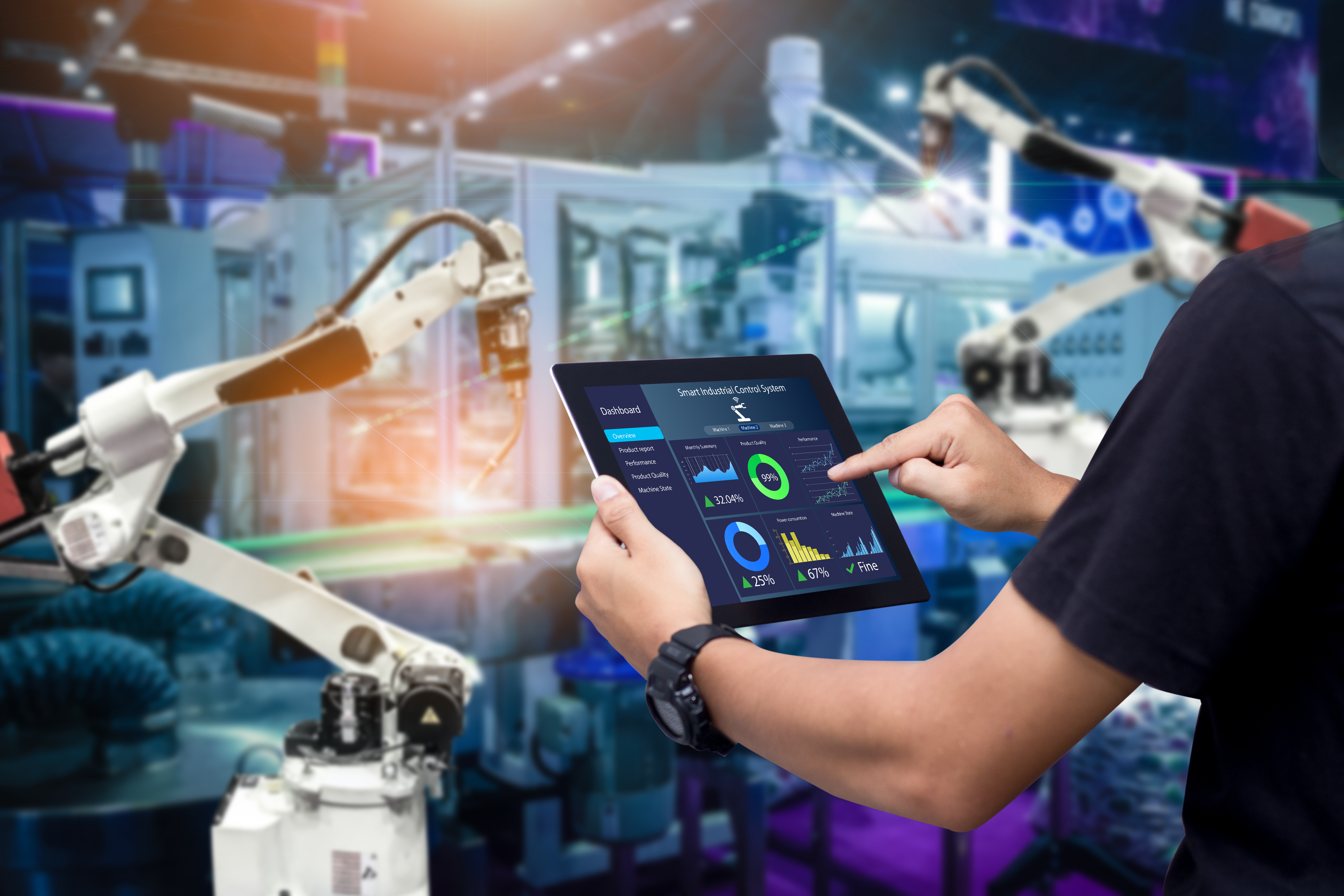3 Ways Sensor to Cloud Puts Data to Work for You
We’ve identified the top 3 ways Sensor to Cloud brings benefit to our industrial customers by making use of your data for better decision making, remote access and connectivity.
Now scale this data to an entire year. The amount of information is overwhelming.

To put it to work for you, it has to be tied together and have somewhere to go to be monitored, analyzed and acted upon. If the data is captured and viewed disparately, you won’t be able to discover insights, find potential failure points or manage your overall supply chain. In other words, you’ll be capturing data just for fun. (Which isn’t a good use of resources!)
Traditionally, this type of data gathering takes on a pyramid approach: A plant’s sensors and controllers (PLCs or PCs) transfer information to a central, onsite supercomputer or something similar.
There are still situations where this method is appropriate, but we’re also entering a world where it’s much simpler to connect devices to supercomputers or virtual servers that sit in the cloud. Instead of data from a factory-floor sensor going through several steps to be processed and analyzed, it’s now more common for a sensor to have its own cellular, wireless and/or wired connectivity that connects it straight to the cloud. (Quick tip: The cloud is simply a group of servers that let you store and access data and applications via the internet.)
Although its behind-the-scenes infrastructure can be somewhat complex, Sensor to Cloud brings simplicity to industrial environments. It does what its name implies: Sensor to Cloud uses sensors to accumulate data and then transmits it into a cloud computing infrastructure for information sharing, collaboration, process improvement and decision-making—even across several sites.
Sensor to Cloud brings several benefits to industrial plants; we’ve identified and summarized three of the most important here.
1. Make Better Business Decisions
In the industrial world, data is always there. Capturing the information is the first step—but it’s only helpful if it can actually be used for something.
When data is collected and shared in real time, decisions can be made on the fly to maximize efficiency, handle predictive maintenance, test different strategies, ensure quality and safety, and improve how the factory floor runs.
All the important decision-making data points a plant needs in order to make informed decisions can be provided by the network. You just need a way to access that data so it can be used to improve automation and efficiency (which is exactly what Sensor to the Cloud provides).
By capturing data in the cloud, you’ll also have access to historical information so you can look for trends and patterns, measure performance improvement or demonstrate compliance over time.
2. Improve Communication & Maintenance
Consider maintenance in the wind turbine industry: They often send technicians out in boats to perform specific upkeep on offshore wind turbines. Once the workers get to the jobsite and assess conditions, they may or may not be able to complete the tasks they were sent to do. Or what if they find something else that needs to be done as well? Because they’re offshore and have no connectivity, they often have to wait to get back into their boat and re-establish a useable connection before they can provide updates and ask questions, which creates lots of wasted time. When workers can access data via the cloud, their maintenance work can be more productive.

Sensor to Cloud also lets industrial maintenance staff know what’s happening with their devices, systems and processes at all times. Instead of requiring 24/7 monitoring by an employee, Sensor to Cloud lets you capture device data and implement automatic monitoring and analysis; the right people can be notified immediately if something isn’t performing as expected (before it negatively impacts production).
This automated capability is similar to your car’s tire pressure warning. Fifteen or 20 years ago, your car may not have told you when one of its tires needed more air. Instead, you had to manually check it when you filled up with gas or you noticed an issue. Today, your car tells you as soon as there’s a tire-pressure problem so you can address it before a tire wears prematurely, overheats or causes an accident.
3. Remote Access
COVID-19 has forced many manufacturers to do what they can remotely to minimize physical contact and maintain social distancing.
When data is captured and shared via the cloud, it can be securely accessed from anywhere at any time: from your desk at work, your living room, on the road, etc.
Remote access supported by Sensor to Cloud also lets you monitor offsite equipment performance, such as wind turbines, from your plant location (or anywhere else).
Belden Makes Sensor to Cloud Possible
Belden doesn’t talk about Sensor to Cloud in theory or through hypothetical examples: From sensors and connectivity to cloud solutions, we have the comprehensive portfolio of solutions to really make it happen. And we’re helping industrial plants around the world prepare for this shift.
Our Sensor to Cloud solutions not only help you make use of your data for better decision-making, remote access and efficient maintenance, but they can also bridge OT and IT to bring these two groups together as partners. (More about this in part two of our Sensor to Cloud blog series, coming soon!) Belden acts as your Sensor to Cloud collaborator, making it easy and streamlined for both sides of the table.
Want to learn more about Sensor to Cloud and Belden’s ability to support it? Join us for a six-part webinar series where we’ll discuss:
- The market trends driving Sensor to Cloud—and what it takes to create a Sensor to Cloud solution
- Standards, best practices and the importance of IO-Link in Sensor to Cloud
- Redundancy and infrastructure
- Data analytics and edge solutions
- Securing sensor data
- Managing Sensor to Cloud networks
